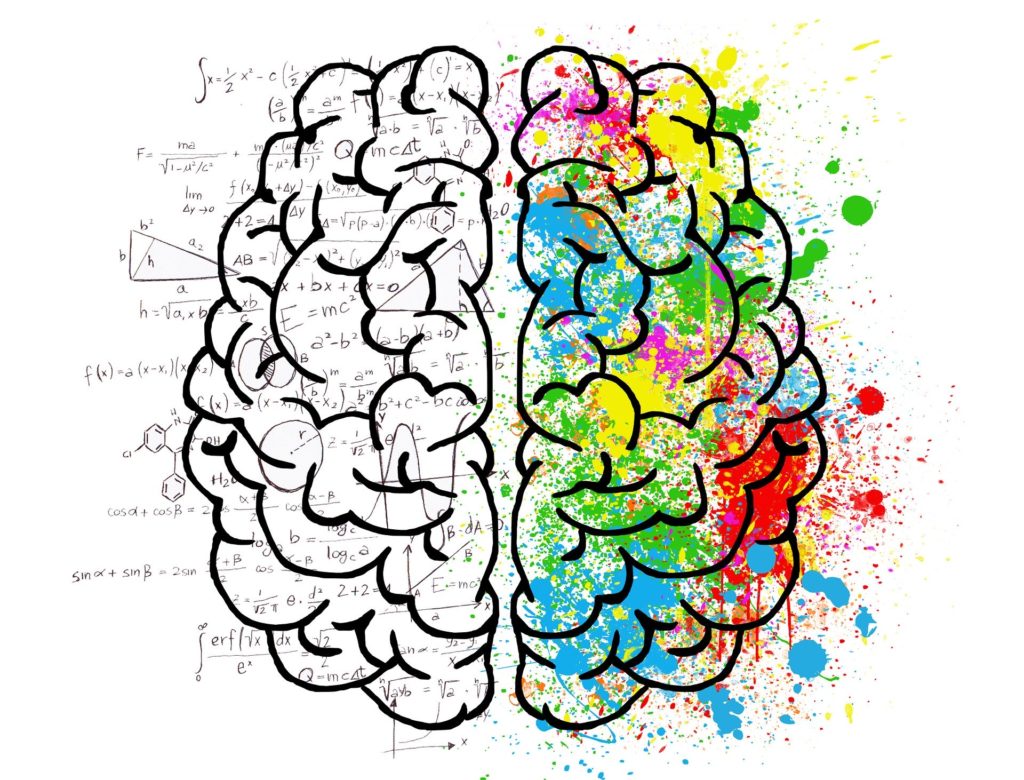What is EMDR?

Eye Movement Desensitization and Reprocessing (EMDR) is a psychotherapy treatment developed by Dr. Francine Shapiro to help people heal from trauma. EMDR therapy integrates elements of many traditional psychological orientations and is based on the adaptive information processing model (AIP). The AIP model hypothesizes that there is an inherent information processing system in the brain that gets blocked when traumatic events occur, causing these events to get locked in the brain with the original picture, sounds, thoughts, feelings and body sensations. Whenever a reminder of the traumatic event comes up, those pictures, thoughts, feelings, and sensations can continue to be triggered. According to Dr. Shapiro, many emotional problems and disorders are manifestations of these unprocessed trauma memories that are stored in the brain. EMDR therapy works on helping the brain reprocess these traumatic memories, and as a result alleviating the emotional and psychological disorders.
EMDR therapy has been used with children and adolescents with a wide variety of emotional and psychological problems including PTSD, trauma, anxiety, phobias, depression, grief, sexual and physical abuse, attachment disorders etc. Research studies have showed that positive results can be achieved by using EMDR therapy with children and adolescents, usually within 3-10 sessions.
EMDR therapy is an eight-phase treatment. Eye movements (or other bilateral stimulation) are used during one part of the session. After the clinician has determined which memory to target first, he asks the client to hold different aspects of that event or thought in mind and to use his eyes to track the therapist’s hand (or buzzers/ tappers, sound or a light bar) as it moves back and forth across the client’s field of vision. As this happens, internal associations arise and the clients begin to process the memory and disturbing feelings.
In successful EMDR therapy, the meaning of painful events is transformed on an emotional level. During the reprocessing phases the client attends (reviews) momentarily to past memories, present triggers, or anticipated future experiences while simultaneously focusing on a set of external stimulus. The clients generally experience the emergence of insight, changes in memories, or new associations.
Unlike talk therapy, the insights clients gain in EMDR result not so much from clinician interpretation, but from the client’s own accelerated intellectual and emotional processes. The net effect is that clients conclude EMDR therapy feeling empowered by the very experiences that once debased them. Their wounds have not just closed, they have transformed. As a natural outcome of the EMDR therapeutic process, the clients’ thoughts, feelings and behavior are all robust indicators of emotional health and resolution—all without speaking in detail or doing homework used in other therapies.


Memory networks are understood to contain related thoughts, images, emotions, and sensations. The AIP model hypothesizes that if the information related to a distressing or traumatic experience is not fully processed, the initial perceptions, emotions, and distorted thoughts will be stored as they were experienced at the time of the event. Unprocessed experiences may become the basis of current dysfunctional reactions and are the cause of many mental disorders. EMDR successfully alleviates mental disorders by processing the components of the distressing memory. These effects are thought to occur when the targeted memory is linked with other more adaptive information. When this occurs, learning takes place, and the experience is stored with appropriate emotions able to guide the person in the future.
EMDR is research proven. Some of the studies show that 84%-90% of single-trauma victims no longer have post-traumatic stress disorder after only three 90-minute sessions. Another study, funded by the HMO Kaiser Permanente, found that 100% of the single-trauma victims and 77% of multiple trauma victims no longer were diagnosed with PTSD after only six 50-minute sessions. In another study, 77% of combat veterans were free of PTSD in 12 sessions. There has been so much research on EMDR that it is now recognized as an effective form of treatment for trauma and other disturbing experiences by organizations such as the American Psychiatric Association, the American Psychological Association and the Department of Defense.
